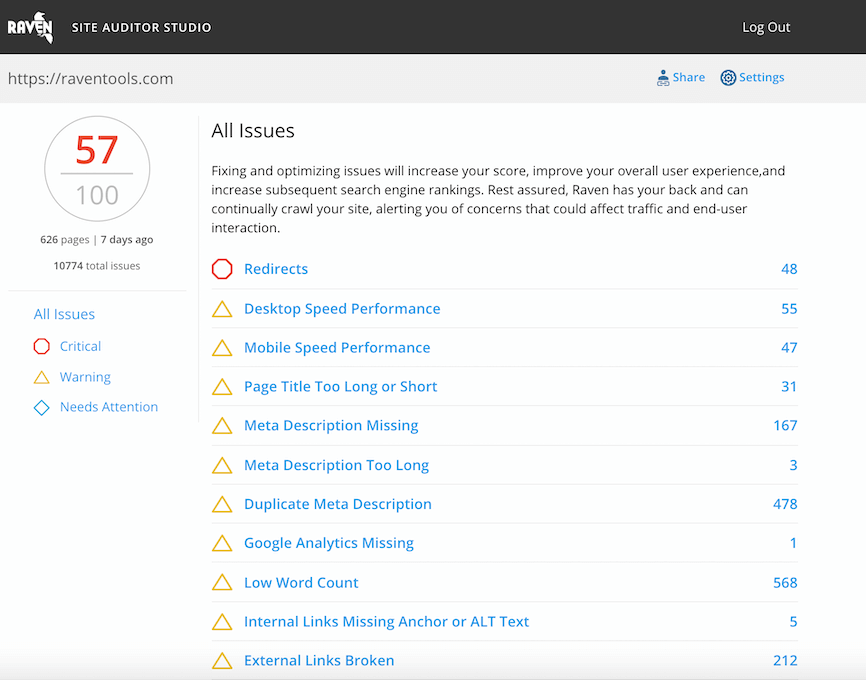Sunday’s airing of the Grammy Awards highlighted a reality that content publishers have been struggling with for years. In typical fashion, West Coast viewers saw a tape-delayed version of the event. Yet West Coasters’ experience of the awards show was spoiled by real-time play-by-plays and reactions of East Coast viewers’ social media streams.
CBS faltered in assuming the traditional tape-delay format would work today. All the rules have changed. Not only do people expect content in real time, but they also want a say in how its delivered. And they have a megaphone to tell you so.
This week, the O’Reilly Tools of Change for Publishing Conference took place in New York City. It’s clear the publishing industry is spinning, figuring out how technology has changed audience expectations.
Yesterday I watched the livestream of the TOC Ignite presentations, the video of which is embedded above. There are themes that stand out that all manner of business can learn from to understand how technology affects the way we communicate with our audience.
Media transcends platforms
All of you know that in publishing things happen so fast now. Is there balance in publishing right now? Some people say no. Some people say that’s what’s missing in publishing right now. But the interesting thing about that is that you’ve got two workflows that are emerging, two deliverables. So how do you find balance between those two things?
Presenter Scott Rauguth, director of sales and marketing at Precision Graphics, spoke about the need to find an appropriate balance of content types. Publishers today may make the mistake of seeing content as either print or online. In truth, successful brands today strike a balance between the two, and even go beyond thinking in such a dichotomy to apps, social and the many platforms in use.
Developing content in the digital age isn’t about working toward the text end, but working to educate people. A key, Rauguth says, is the visual presentation. Make use of technology, but not for tech’s sake. It’s important to recognize that some forces may never be aligned, but continue to develop content within popular frameworks.
As you develop your content for this new digital publishing age, really what you‘re doing is taking the content development and flipping it on its head, and you’re no longer working toward the text end but you’re working empirically towards what’s going to educate people. You’re flipping it so that visual becomes key. So what do we call this? Well, we call it a lot of different things by different parties. We call it digital developmental editing and that’s the balance that you have where you’re really making use of the technology but you’re not just doing technology for technology’s sake. It’s being developed with a clear model in mind.
Connect deeply through social media
I’m sure it’s no surprise to you that the people who were most retweeted, most linked, most followed, were the people who wrote with heart and with humor and compassion. Social media doesn’t just collapse geographical distances; it collapses emotional distances as well.
When Queensland, Australia, was hit by massive flooding and Cyclone Yasi this year, Kate Eltham, CEO of Queensland Writers Centre, saw lessons for the publishing industry illuminated by the disasters. Contrary to what the conference title might suggest, Eltham explained that the key to connecting to people and communities today isn’t in the tools, which are are merely the means to an end.
Instead, the key to adaptive change that furthers business goals is in providing service. Social media is the tool, and it’s up to the content creator to use it to reach people, recognizing that the conversation isn’t about you. Today, the power lies solely with the community, who decides if your content has value or not.
Just being the owner of a service or a brand doesn’t automatically validate your message in social media or in the community. It’s the community that gives your message validity. It’s the community that bestows approval. And the pathway to that approval is in being social. But being social isn’t just about using social tools. It’s actually about caring for the individual members of your community.
Reinvent yourself
The iPad appeared as a black swan last May out of no where, from most vantage points. Now you’ll have 100 million of them by the end of the year. Sales are now already exceeding ebooks. But the need for storytelling hasn’t changed whether we’re writing on cave walls or paper or glass. The need for storytelling to transmit knowledge remains the same.
Charles Stack, CEO of Sideways, a company that publishes books and magazines as apps, shared anecdotes on the importance of reinvention and recognizing opportunities for improvement and evolution. The need for storytelling hasn’t changed; the need for storytelling to transmit knowledge remains the same. In fact, according to TOC keynote speaker Margaret Atwood, research shows that the rise of ebooks has increased reading rates in the United States, despite the decreasing revenue authors see from their works.
The evolution is under way, and it’s the challenge of content publishers to adapt to the environment. Solutions aren’t going to come without progressive thinking that pushes the limits of technology and draws an audience in new comfort zones. View the new content paradigm as an opportunity to grow.
I challenge you, go ahead, kill the book, but go home after this conference and face your children and promise them that you will build them a worthy successor.

Analyze over 20 different technical SEO issues and create to-do lists for your team while sending error reports to your client.



